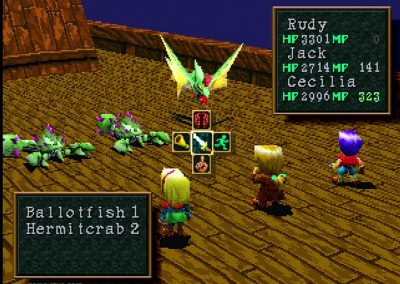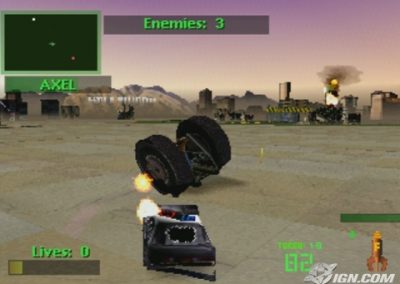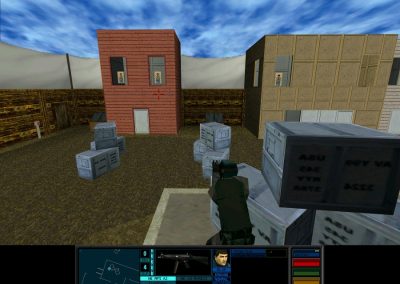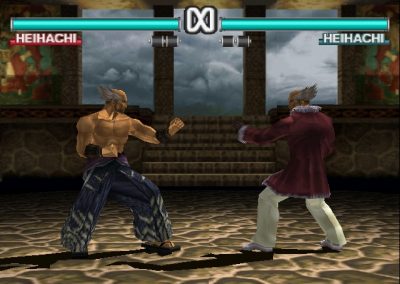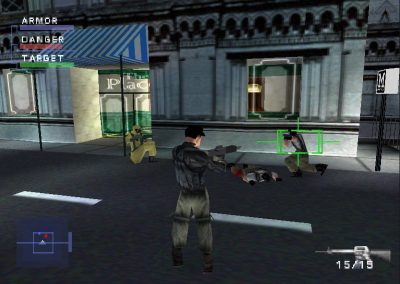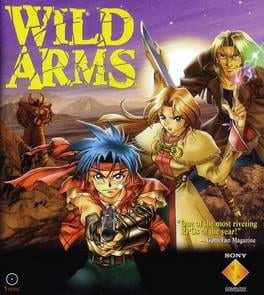
by damianlopez | gen. 23, 2020
Wild Arms (ワイルドアームズ?) is a Western-themed role-playing video game developed by Japanese software company Media.Vision. Originally released in Japan in 1996 for the Sony PlayStation video game console, it was later translated and released in North America in 1997 and Europe in 1998 by Sony Computer Entertainment.[4] It is noteworthy for not only being one of the first role-playing video games on the PlayStation,[5] but also one of the few to feature a Western American setting and motif. The game features 2D computer graphics for normal gameplay, while battle sequences are rendered in 3D.
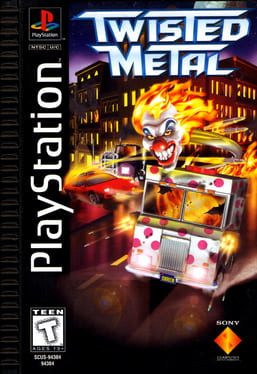
by damianlopez | gen. 23, 2020
Twisted Metal consists of a series of arena-based battles against an increasing number of opponents in increasingly large arenas. These battles culminate in a face-off with the winner of the previous year’s competition, Darkside, who drives a large armored car which fires multiple missiles at once. Players can choose one of 12 different vehicles with which to enter combat. Each vehicle has a distinct driver and special move. The controls consist of accelerator, brake, “tight turn” (essentially a handbrake) and turbo on the face buttons, with main weapons and machine gun selection and control on the shoulder buttons. Arenas are populated with weapon pickups to re-supply missile stocks, repair stations for repairing damage to your car, pedestrians, and course stewards armed with either machine guns or missile launchers.
Jugadors
Singleplayer, Local Multiplayer
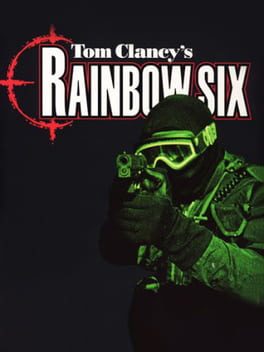
by damianlopez | gen. 23, 2020
A combination of explosive action and real-life strategy! The most revolutionary action/strategy game of its kind. Nothing comes closer to offering an exciting combination of strategy, team-building, realistic three-dimensional graphics and true-to-life special forces action. The ultimate goal is to save yourself and the world from deadly terrorists. You must successfully complete 17 unique missions. If you die, the game isn’t over. The World is.
Jugadors
Singleplayer, Local Multiplayer
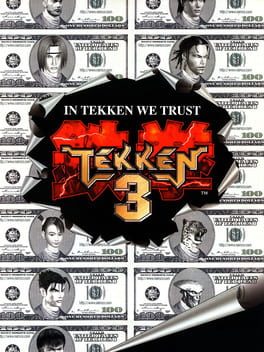
by damianlopez | gen. 23, 2020
Tekken 3 maintains the same core fighting system and concept as its predecessors, but brings many improvements, such as significantly more detailed graphics and animations, fifteen new characters added to the game’s roster, more modern music and faster and more fluid gameplay.
Perhaps the most noticeable change from Tekken 2 fight system is movement reform – whereas the element of depth had been largely insignificant in previous Tekken games (aside from some characters having unique sidesteps and dodging maneuvers), Tekken 3 added emphasis on the third axis, allowing all characters to sidestep in or out of the background by lightly pressing the arcade stick (or tapping the controller button in the console version) towards the corresponding direction. Another big change in movement was that jumping was toned down, no longer allowing fighters to jump to extreme heights (as was present in previous games), but keeping leaps to reasonable, realistic heights. It made air combat more controllable, and put more use to sidestep dodges, as jumping no longer became a universal dodge move that was flying above all of the ground moves. Other than that, the improved engine allowed for quick recoveries from knock-downs, more escapes from tackles and stuns, better juggling (as many old moves had changed parameters, allowing them to connect in combo-situations, where they wouldn’t connect in previous games) and extra newly created combo throws. Tekken 3 was the first Tekken to feature a beat ‘em up minigame called “Tekken Force”, which pitted the player in various stages against enemies in a side-scrolling fashion. If the player succeeds in beating the minigame four times, Dr. Bosconovitch would be a playable character (granted that you defeat him first). This was continued in Tekken 4 and succeeded by the Devil Within minigame in Tekken 5 – but Boskonovitch was dropped as a playable character after Tekken 3. There is also a minigame “Tekken Ball”, similar to beach volleyball, where one has to hit the ball with a powerful attack to hurt the opponent or try to hit the ball in such a way that it hits the ground in the opponent’s area, thus causing damage.
Jugadors
Singleplayer, Local Multiplayer
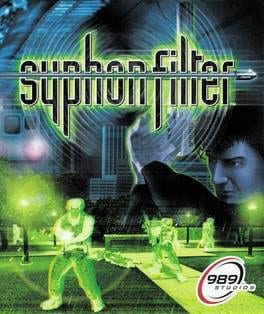
by damianlopez | gen. 23, 2020
Syphon Filter is a third-person shooter video game for the PlayStation released in 1999. It is the first game in the Syphon Filter series. It was re-released on December 4, 2006, on the PlayStation Network for use on the PSP. In March 2011, it was released for Android, exclusively for Sony’s XPERIA Play device.



